Highlight
First light for the PAU camera, designed to study the dark energy in the Universe.
June 9, 2015
- The camera’s innovative technology allows the use of a new technique to precisely measure the accelerating expansion of the Universe.
- The camera has been designed and built in Spain and is installed as a visiting instrument on the William Herschel telescope at the Roque de los Muchachos Observatory in La Palma, Canary Islands.
- IFAE, ICE-CSIC/IEEC y PIC in Barcelona, CIEMAT and IFT-UAM/CSIC in Madrid participate in the project.
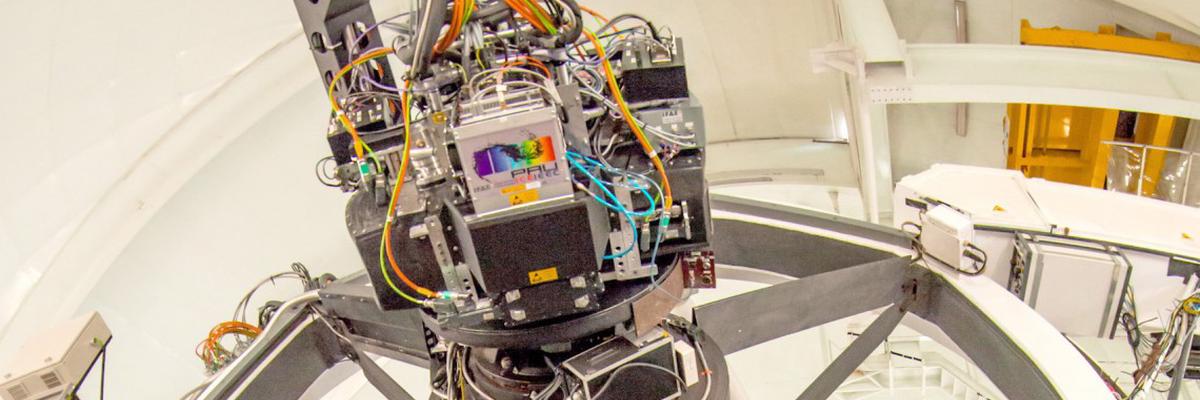
The camera for the PAU (Physics of the Accelerating Universe) project has been successfully installed on the William Herschel telescope at the Roque de los Muchachos Observatory on the island of La Palma during the day of June 3rd, has seen its first light that same night and has finished its commissioning today. This instrument is specially designed to measure with precision the distance to galaxies in order to study how the Universe is expanding ever more rapidly under the influence of the mysterious dark energy which makes of 70% of it.
An innovative technology
The complexity of the PAU camera and the requirement for it to be installed on the primary focal point of the William Herschel telescope has required the development of a revolutionary carbon fiber structure, whose advanced engineering has been done in Spain. PAUcam is the only camera of its size in the world with a carbon fiber structure.Another innovation of the camera is related to the technique used to measure the distance to galaxies. As light travels at a constant speed, far away objects see in PAUcam constitute observations of the state of the Universe thousands of millions of years ago. As the Universe expands, these objects move away from us and their light is “shifted towards the red” - the equivalent of the change in tone of an ambulance’s siren as it moves away from us. This “redshift” is measured by photometric techniques, where the same object is photographed multiple times through filters of different colors. The innovative design of PAUcam incorporates 40 filters, to be compared with the usual half-dozen, which will result in “redshift” measurements of unprecedented accuracy.
“The camera permits wide and precise studies of the expansion of the Universe” – declares Cristóbal Padilla, IFAE researcher - “Thanks to the incorporation of 40 filters and a large field of view, the camera can obtain low resolution spectra for up to 50000 objects simultaneously in a single night of observation. PAUcam is ground-breaking, not only for the measurement technique but also in several technological aspects of these type of instruments.”
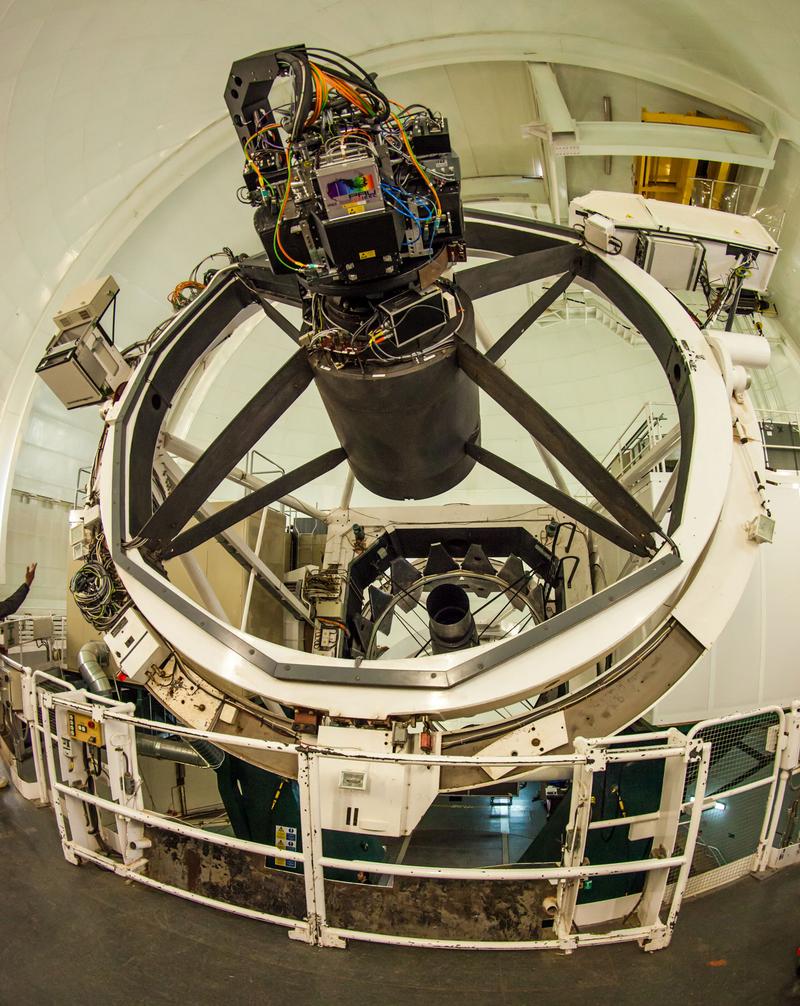
PAUcam has been designed and built during the last six years by a consortium of Spanish institutions comprising the Institut de Física d’Altes Energies (IFAE), theInstitut de Ciències de l’Espai (ICE-CSIC/IEEC), the Port d’Informació Científica (PIC), the Centro de Investigaciones Energéticas Medioambientales y Tecnológicas (CIEMAT) and the Instituto de Física Teórica (IFT-UAM/CSIC).
Expectations and next steps
Once the camera has been installed and seen its first light, the instrument is available for its scientific exploitation by the international scientific community, for astronomic as well as cosmological measurements
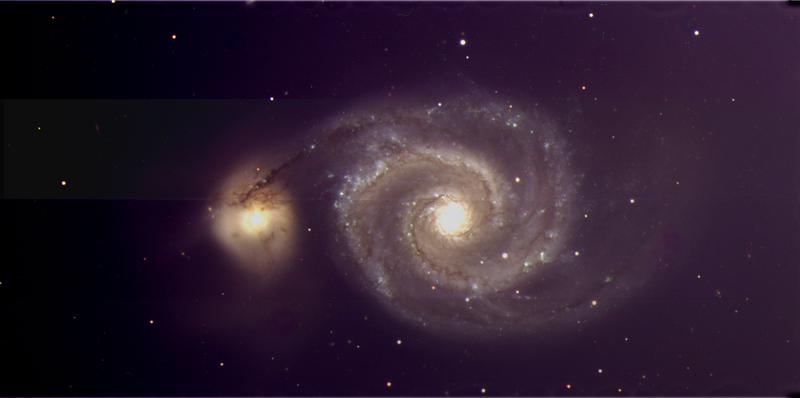
“The idea to build an instrument like PAUCam, able to contribute significative measurement to cosmology’s state of the art, came up in 2007 in the context of a Consolider Ingenio 2010 project financed by the Spanish government. This program had as its objective the achievement in Spain of highly innovative projects. The current PAU team, which will shortly be joined by other European groups, has an ambitious program to scientifically exploit the capabilities of the camera”, states Enrique Fernández, Professor of Physics at the Universitat Autònoma de Barcelona and IFAE researcher, who has coordinated the PAU Consolider project.
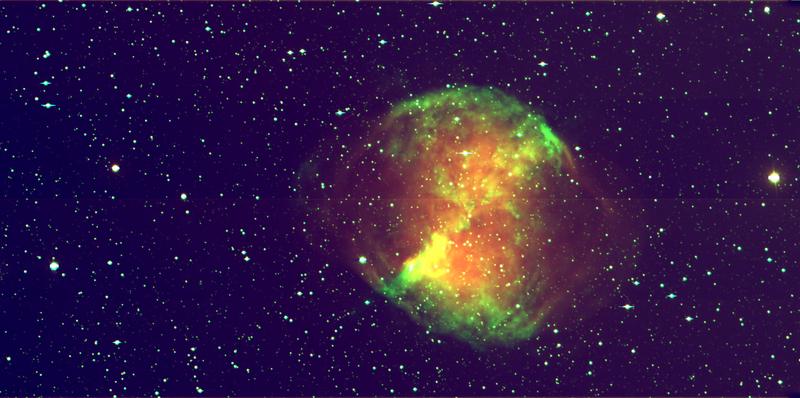
According to Francisco Castander, researcher at ICE-CSIC/IEEC, “the international community is devoting many resources to understand the origin and evolution of the Universe, and the PAU camera represents an advance in this process thanks to the new technique for measuring the structure and expansion of the Cosmos. Furthermore, data from PAU will give valuable information for future space missions such as the Euclid satellite of the European Space Agency (ESA).”
PAUcam will allow measuring with a relative precision of 0.3% the distance for a large number of far away galaxies. This will allow building of very ancient cosmic maps (from well before Earth’s existence) and it will calibrate and refine new observation techniques. It will also allow to classify tens of thousands of stars from our own galaxy or other nearby galaxies in a single night.
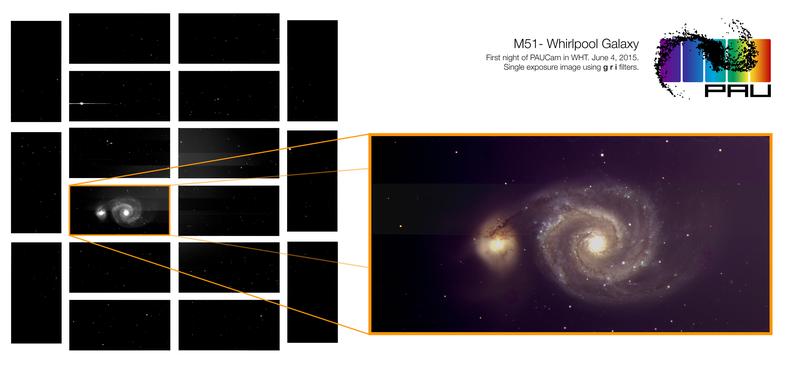
- IFAE Research group
- Observational Cosmology Group
- Contact
